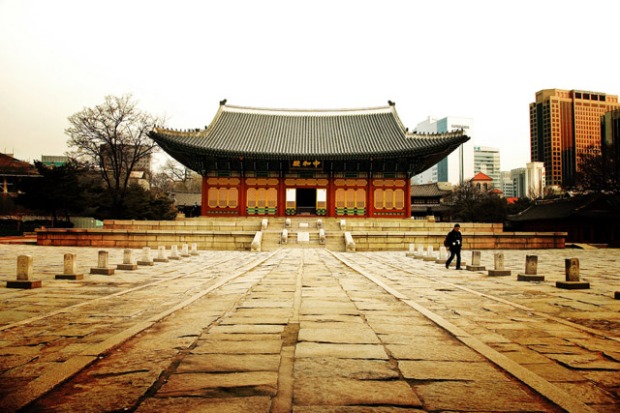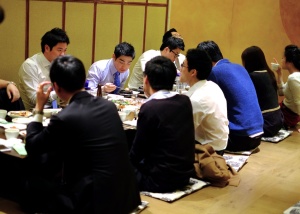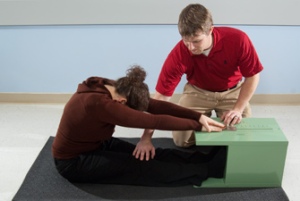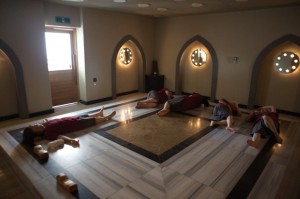It seems that anyone who uses any kind of messaging app (Kakao Talk, Facebook Messenger, SMS, etc.) these days uses emojis to some extent. Even a 46-year-old relative latecomer to chat apps like me tends to use them as a shorthand way of answering affirmatively (thumbs up), to show laughter (as opposed to typing “LOL” which I never quite warmed to), or sometimes just to be silly and try to get a laugh out of someone.

I haven’t had a use for this one. Yet.
This recent piece talks about the ways that East Asian users use emojis, and one of the things I found interesting was the idea that emojis offer softer or more indirect ways of saying things that would be hard to express otherwise for cultural reasons:
“[Emojis] appeal not just to the young but also to middle-aged office workers looking to smooth awkward or delicate situations with bosses, colleagues and family members. [Some emoji sets] include a crotchety grandmother who curses a lot – a softer way for chat-app users to swear in front of their elders – and a loving father-daughter set in which the girl gently admonishes her dad.”
Not everyone is crazy about emojis, for similar reasons why people were initially opposed to the ubiquitous shorthand of text communication in general (cya, omw, lol, OMG, etc). To me emojis serve as a useful supplement to written language, in that they convey that missing element of body language and other visual cues without which it often becomes hard to express humor, sarcasm, anger, levity, seriousness, joy, and a range of other emotional shades that are clearly present in face-to-face speech.
A judiciously chosen emoji can reduce ambiguity and thus lessen the potential for miscommunication, which to me is reason alone to consider it a useful supplement to the written language. My sense is that they’ll stick around in some form. What’s your take?
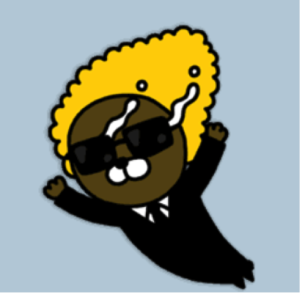
Groovy Jay ending it all? I’m not sure what to make of this one. Use with caution.
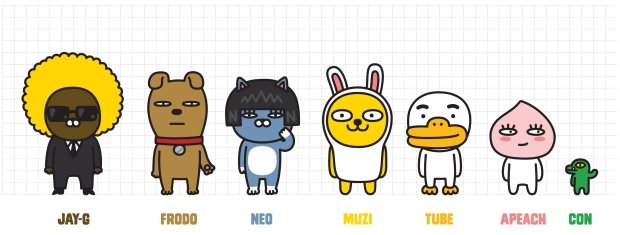

 adopted home geared toward people who are going to be living, working, or studying here (as opposed to just passing through). In other words, I’m writing the book I wish I had in my own hands 17 years ago when I moved here.
adopted home geared toward people who are going to be living, working, or studying here (as opposed to just passing through). In other words, I’m writing the book I wish I had in my own hands 17 years ago when I moved here.